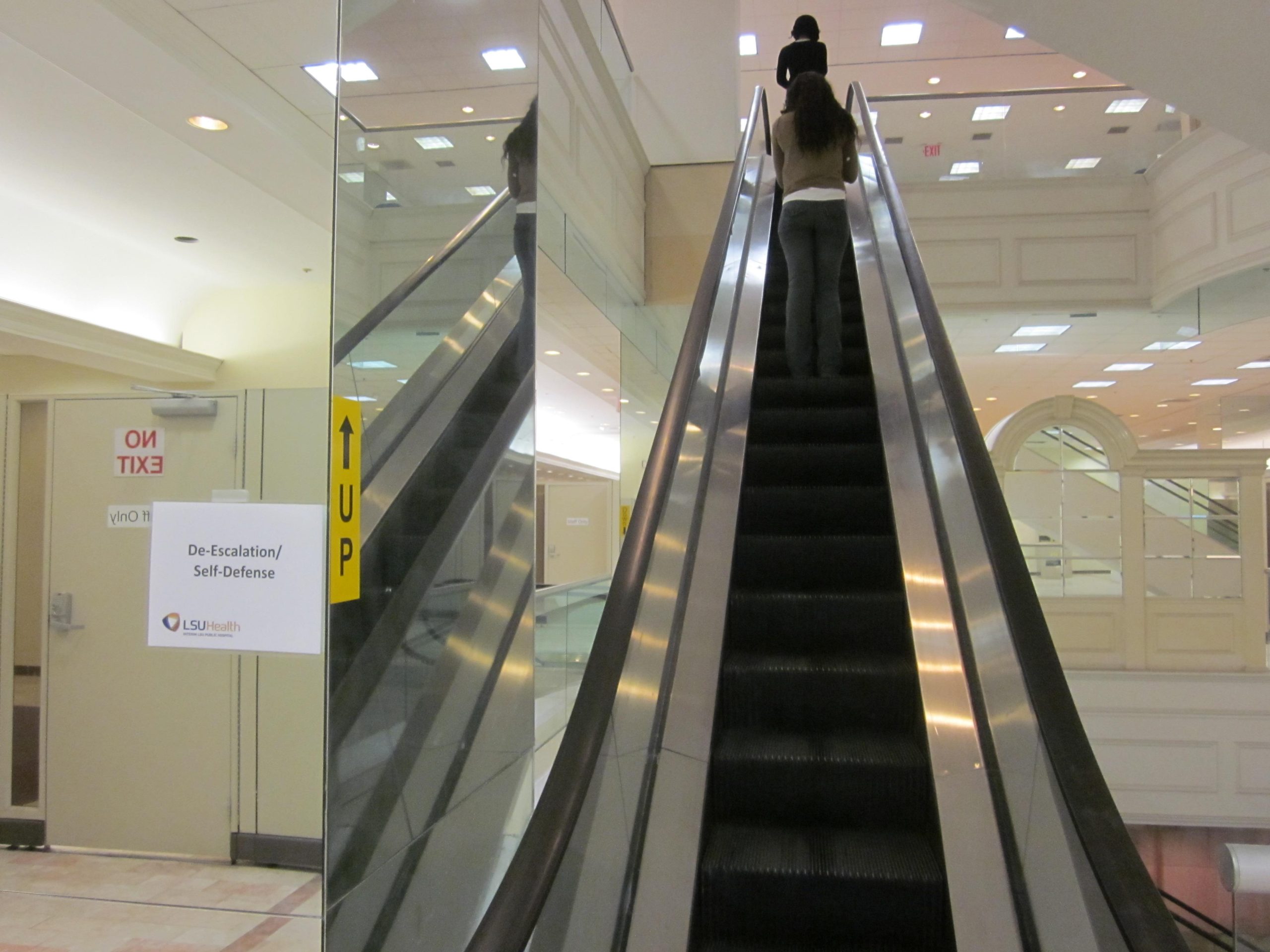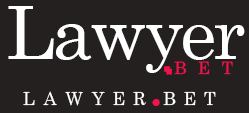The Risks of AI-Generated Legal Briefs
Artificial intelligence can pose a significant threat to court cases when used to create fake case citations, potentially leading to severe consequences for lawyers and their clients. Recently, a law firm representing Colombian airline Avianca Inc. faced a $5,000 penalty for utilizing ChatGPT, an AI tool, to draft a legal brief that included fabricated judicial decisions. A similar incident occurred in South Africa, where judges criticized law firms for presenting false information in their cases.
The Impact on Judicial Integrity
The misuse of AI in legal proceedings not only jeopardizes the credibility of the legal profession but also undermines the integrity of the judicial system. Judges and courts whose names are falsely associated with bogus opinions may suffer reputational damage, while parties falsely attributed with fictional conduct face unwarranted scrutiny. This trend fosters skepticism about the legal profession and the American judicial system as a whole.
The Role of Clearbrief in Preventing Errors
Jacqueline Schafer, CEO of Clearbrief, developed an AI-powered platform to fact-check legal briefs and detect mistakes or fabricated content in AI-generated documents. Schafer emphasizes the importance of thorough review and manual verification of pleadings before submission, even if law firms believe they have restricted the use of AI tools like ChatGPT within their practices.
Challenges of Generative AI in Legal Research
Generative AI tools like ChatGPT can produce sophisticated and seemingly legitimate legal analyses, complete with fake citations and invented facts. This poses a challenge for legal professionals who must meticulously verify each case and statute to ensure accuracy. The reliance on AI technology in legal research must be balanced with traditional methods of independent reading to maintain the integrity of legal proceedings.
The Need for AI Oversight
Despite the risks associated with AI-generated content, there is a growing demand for AI technology to enhance efficiency and reduce costs in the legal industry. Clearbrief serves as a solution to detect AI-generated errors and prevent embarrassing mistakes that could result in sanctions for law firms. As the legal sector navigates the intersection of technology and legal practice, there is a concerted effort to identify AI tools that can address these dual challenges effectively.
Expert Warns of Courtroom Chaos as New Tech Could Unleash Bogus Info
In today’s digital age, technology has become an integral part of our lives, with new advancements being made every day. While these advancements have certainly made our lives easier in many ways, they also come with their own set of challenges and potential risks. One such risk, according to legal experts, is the possibility of bogus information being unleashed in the courtroom due to new technology.
The Rise of Technology in the Legal World
Technology has significantly transformed the legal industry, streamlining processes, improving efficiency, and providing valuable tools for lawyers, judges, and other legal professionals. From electronic filing systems to computer-assisted legal research, technology has become a crucial component of the legal landscape.
However, as technology continues to evolve, new challenges arise, including the potential for false or misleading information to be presented in court. With the advent of deepfake technology, for example, it is becoming increasingly difficult to distinguish between real and fake evidence.
The Potential for Courtroom Chaos
Legal experts are warning that the rise of new technologies, such as deepfake videos and AI-generated content, could lead to confusion and chaos in the courtroom. In a legal setting where the credibility of evidence is paramount, the presence of false or doctored information could have serious consequences.
One of the main concerns is that jurors, judges, and other legal professionals may not have the necessary expertise to detect fake information, leading to wrongful convictions or unjust outcomes. Additionally, the sheer volume of digital evidence being introduced in court cases can overwhelm the legal system and create challenges in verifying the authenticity of the evidence.
The Need for Regulation and Education
To address these challenges, experts are calling for increased regulation and education around the use of technology in the legal system. Legal professionals need to be aware of the risks associated with new technologies and be equipped with the knowledge and tools to identify and combat false information.
Furthermore, there is a need for clear guidelines and standards to govern the use of digital evidence in court cases. This includes establishing protocols for the authentication of digital evidence, as well as implementing training programs to help legal professionals spot fake information.
Benefits and Practical Tips
While the rise of new technologies presents challenges in the legal world, there are also benefits to be gained. For example, technology can help streamline legal processes, improve access to justice, and enhance the efficiency of the legal system.
Some practical tips for legal professionals to navigate the challenges posed by new technology include:
- Stay informed about the latest technological advancements and their implications for the legal industry.
- Be vigilant when reviewing digital evidence and always question the authenticity of the information.
- Seek specialized training in digital forensics and cybersecurity to better understand the risks associated with new technologies.
- Advocate for the implementation of clear guidelines and standards for the use of digital evidence in court cases.
Case Studies
One notable case of courtroom chaos resulting from new technology involved the use of a deepfake video as evidence in a criminal trial. The video, which appeared to show the defendant committing the crime, was later proven to be a fake, leading to a mistrial and significant controversy.
This case highlights the importance of verifying the authenticity of digital evidence and the need for legal professionals to be vigilant when dealing with new technologies in the courtroom.
First-Hand Experience
As a legal expert who has witnessed firsthand the impact of new technology on the legal system, I can attest to the challenges posed by the rise of false information in court cases. It is crucial for legal professionals to be proactive in identifying and addressing these challenges to ensure the integrity of the legal system.
By staying informed, seeking specialized training, and advocating for clear guidelines, legal professionals can help mitigate the risks associated with new technologies and maintain the integrity of the legal process.









